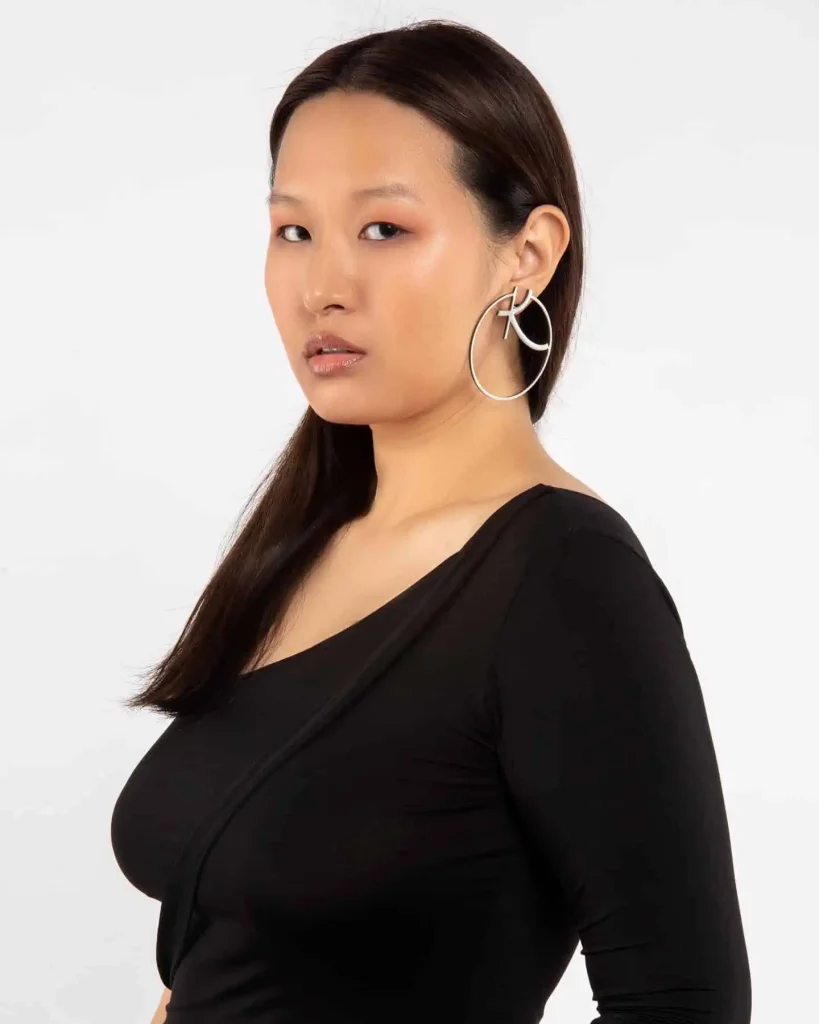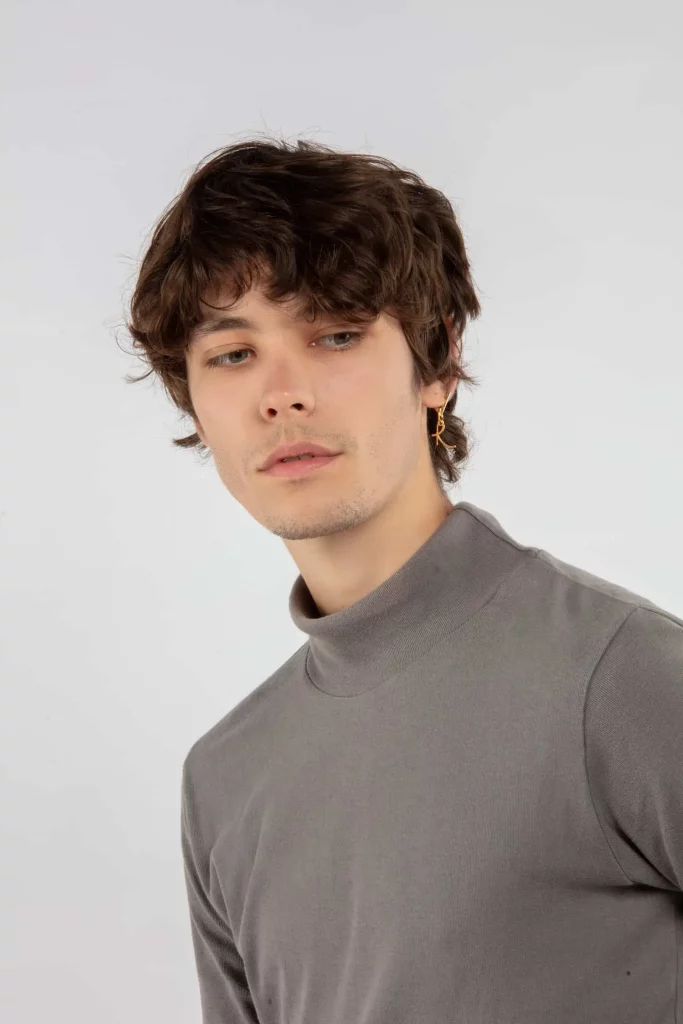
Handcrafted jewellery has seen a rebirth in popularity in recent years. With consumers increasingly valuing unique, custom-made items over mass-produced goods, independent jewellers across the UK have tapped into this demand. But what exactly goes into designing and creating these one-of-a-kind jewellery pieces? In this article, we’ll explore the creative process behind handcrafted jewellery in the UK.
Importance of Handcrafted Jewellery in the UK Market
Handcrafted jewellery holds an important place in the UK market. As opposed to commercial, manufactured jewellery, handmade pieces are crafted with great care and attention to detail. Jewellers can incorporate personal touches and custom designs for a truly unique end product. This gives consumers the chance to express individuality through jewellery that feels special and meaningful.

The artisanal appeal of handcrafted jewellery has driven its popularity among consumers who value originality and want to support independent designers.
With demand growing steadily in recent years, handmade jewellery provides creative entrepreneurs an avenue to establish successful small businesses across the UK.
Read: Popular Jewellery for 16 Year Old Teens
KHAISA by Samara Bumba
To gain deeper insight into the creative process, we can look at the UK jewellery brand, KHAISA by Samara Bumba. Inspiration struck Bumba early in life, stemming from a childhood memory with her sister. As she shares on the KHAISA website, her sister Raissa invented a fantasy name that Samara saw written down and thought looked beautiful.

The name was KHAISA, which later became the brand name when Samara established her jewellery line. This personal story demonstrates how profound inspiration can arise from family connections, shaping the origins of a jewellery business.
For Bumba, inspiration also flows from culture and nature. Raised in South Africa (Angola), she incorporates rhythmic African patterns into her designs. Natural motifs like birds, leaves and flowers reflect her appreciation for the beauty of the natural world. Bumba’s diverse inspirations fuse into a distinctive aesthetic that celebrates both cultural heritage and creative whimsy.
From these sparks of inspiration, Bumba thoughtfully selects materials to align with her vision for each new collection. She often upcycles gold, repurposing what already exists rather than mining new materials. Gemstones also carry significance, with purple amethyst symbolising wisdom and green agate representing harmony. Bumba’s selective material sourcing allows the properties of each element to enhance the underlying meaning of her designs.
The hands-on prototyping process enables Bumba to translate her ideas into wearable art. As she crafts each piece, she can see how shapes and textures come together in physical form. Experimentation and troubleshooting during this stage let her refine the design to best embody her creative vision. With care and attention to detail, she breathes life into the jewellery so it is poised to become a cherished addition to someone’s wardrobe.
For Bumba and other jewellery artists across the UK, the journey from inspiration to final creation is filled with thoughtfulness and care. Each step builds on the last to transform imaginative ideas into meaningful handcrafted treasures.
The deeply personal creative process results in jewellery that carry stories, celebrates craftsmanship and connects people through the universal appreciation of beauty.
Creative Process Behind Handcrafted Jewellery
While every jewellery designer has their unique approach, certain key steps make up the backbone of the creative process.
Finding Inspiration
Inspiration serves as the starting point for any new jewellery design. UK jewellers find inspiration from diverse sources, whether it’s nature, culture, architecture, or personal experiences and emotions. Bright colours, interesting shapes, and intricate textures in the environment can spark initial ideas.

The cultural heritage of different UK regions also influences designers; Celtic knots and patterns often show up in Scottish jewellery, while nature themes feature heavily among rural English jewellers.
Personal memories and feelings also drive inspiration, as seen in delicate designs representing growth or loss. For KHAISA designer Samara Bumba, inspiration came full circle back to a childhood memory with her sister.
Material Sourcing
Once an initial design emerges, jewellers source appropriate materials to bring the creation to life. Gemstones, precious metals, and other elements are carefully handpicked to align with the vision.
Ethical sourcing has become a priority, so many UK designers opt for recycled gold and silver as well as lab-grown diamonds and gemstones. The character of materials, like rough-cut stones or hammered metals, also impacts the overall look and feel. Curating these components is integral to materializing a design from idea to reality.
Creating Prototypes
Sketching helps visualise an initial design, but creating prototypes is vital for designers to evaluate shape, scale, and dimensionality before crafting the final product. Prototyping lets jewellers test techniques, assemble pieces, and check if elements like stones or chains lay right when worn. Tweaks are made based on the prototype to refine the design.

Modern technology like 3D printing facilitates rapid prototyping, allowing iterations to quickly take form. This hands-on process enables jewellers to problem-solve and work out technical details before committing to precious materials.
Recap of the Creative Process
Handcrafted jewellery begins with sparks of inspiration from diverse sources. Designers source materials that align with their vision while creating prototypes to evaluate the pieces in physical form.
Each step fuels creativity towards a truly bespoke end product that holds a deeper meaning for both the jeweller and the consumer. The meticulous creative process results in one-of-a-kind jewellery that celebrates craftsmanship and connects people through shared stories and values.







